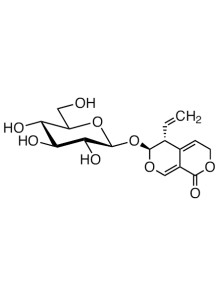Pure-Gentiopicroside™ (98%)
Cosmetics
Code: 200356
a seco-iridoid glycoside abundant in Gentiana species. Beyond its well-known oral pharmacology, several recent studies show that GPS can be delivered topically to support skin health thanks to a cluster of anti-inflammatory, antioxidant, anti-glycation and pro-healing activities.
Cart
No products
Subtotal:
0.00
Total
0.00
THB



